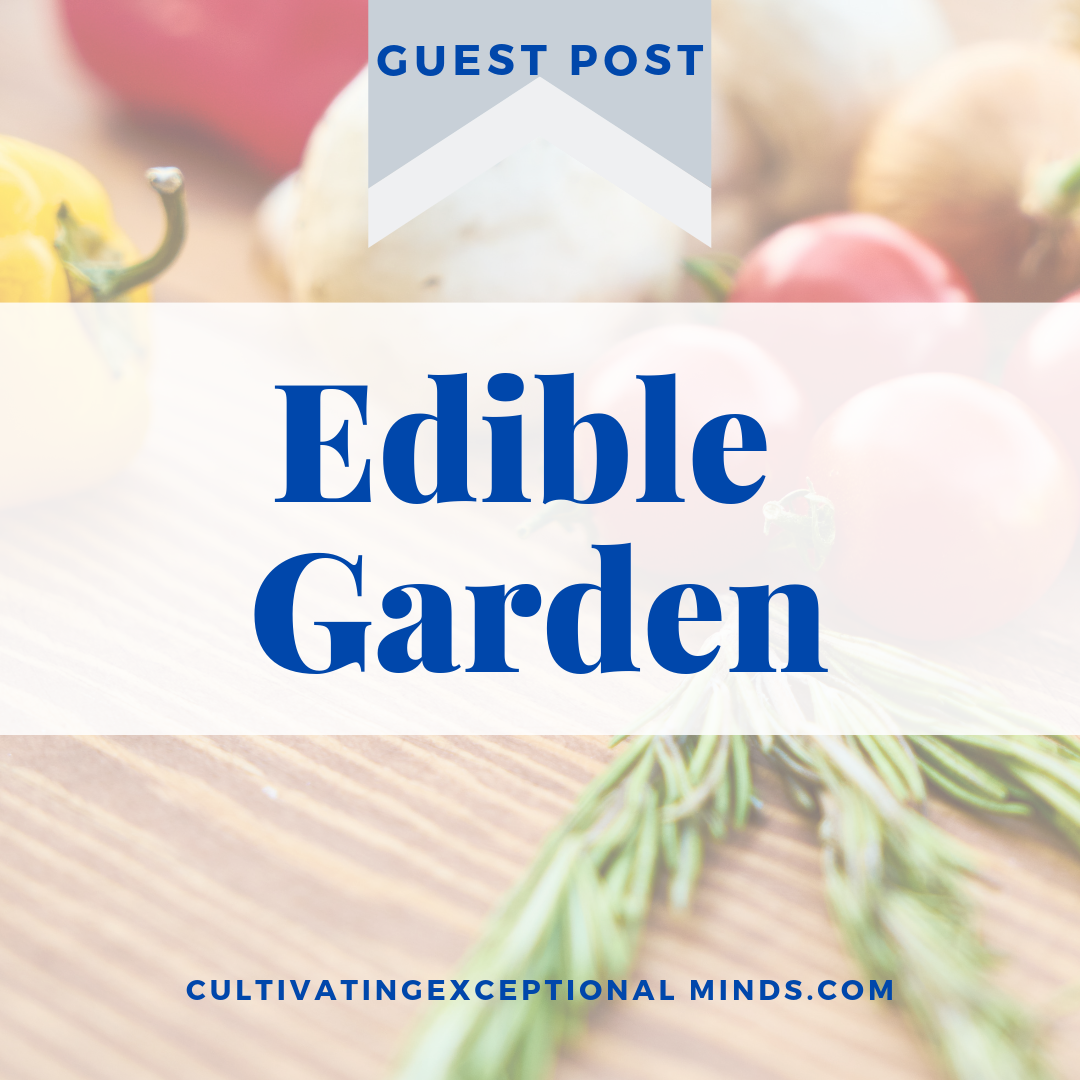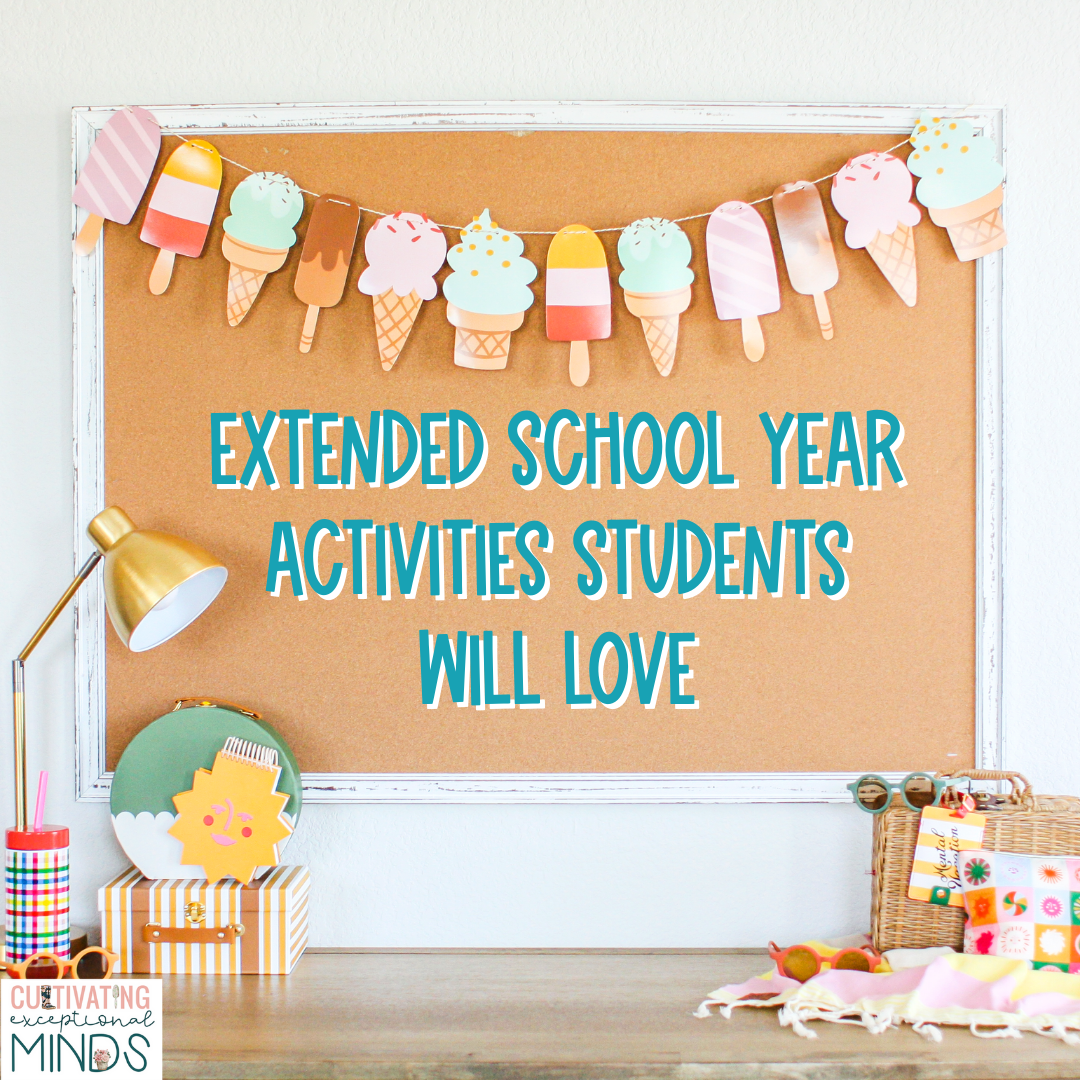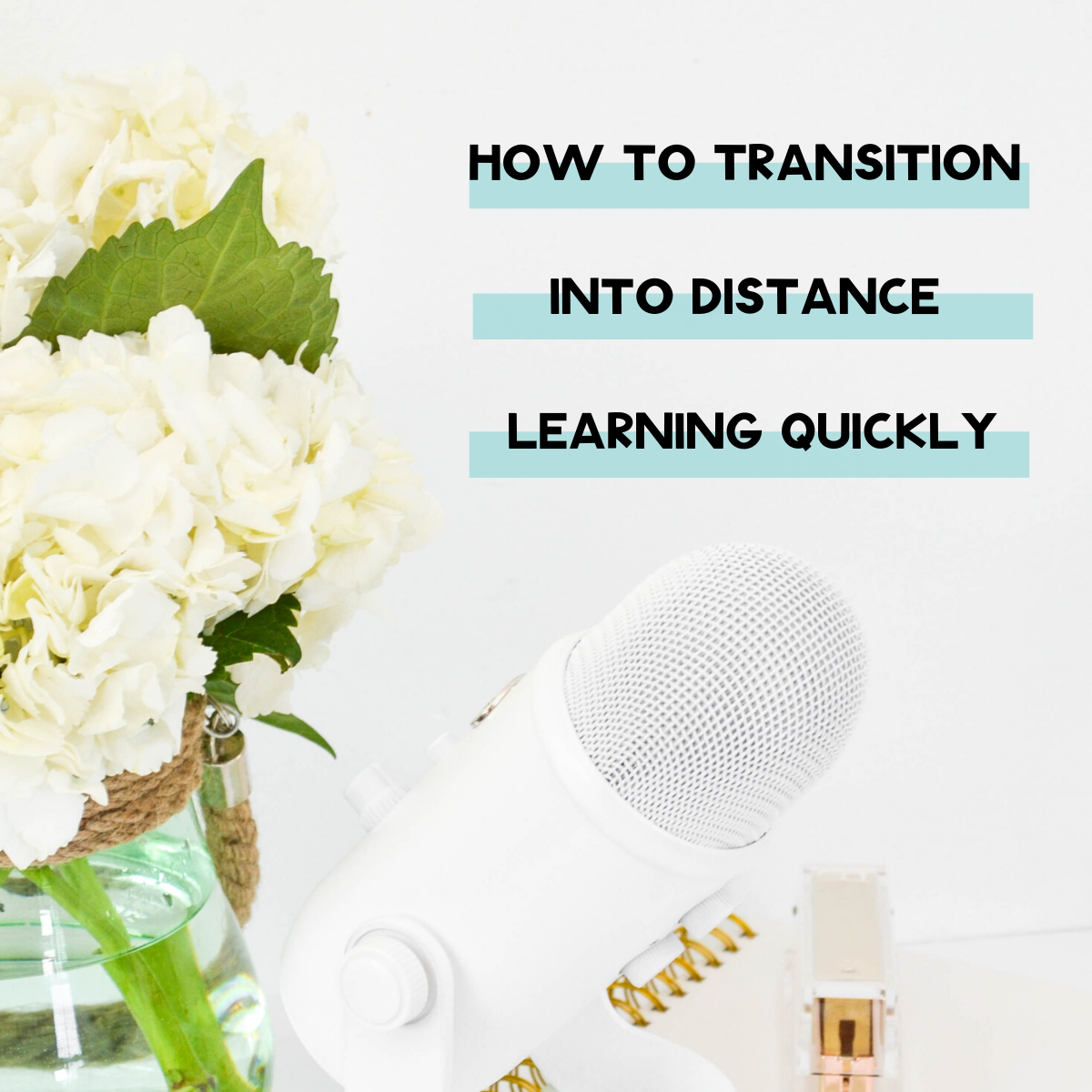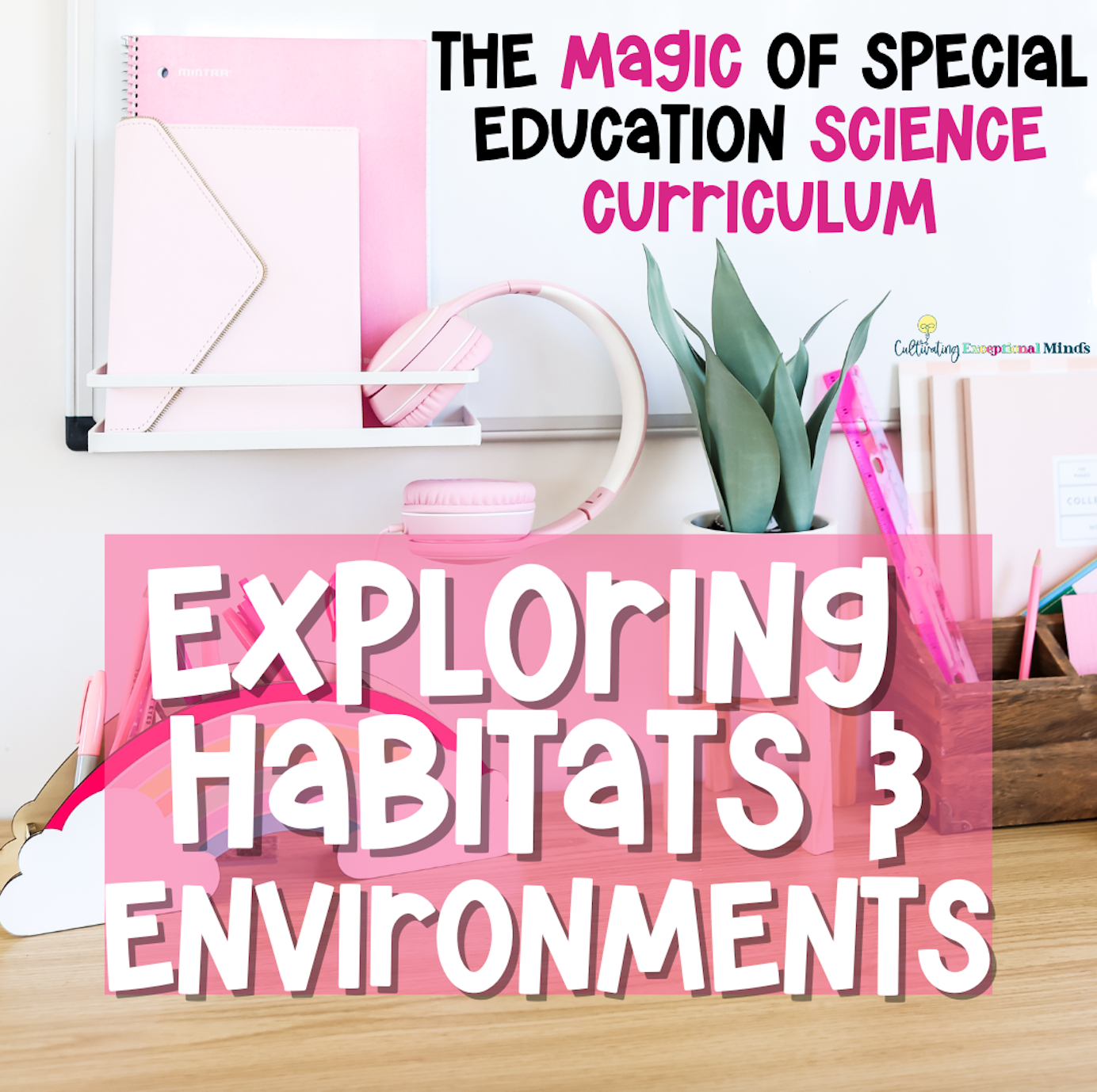edible school garden

In the guest post, we are taking a look at edible school gardens as we continue to learn about all things school gardens. Some of the resources in this post, you can buy here (aff). Let me know in the comments what you would like to grow at your school. Now let’s learn about edible school gardens…
School gardens come in many shapes and forms. They can be tabletop gardens that encourage the use of student meditation.
The school gardens can be where beneficial insects will flock for advanced learning concepts.
They can also be volunteer gardens that sprout up with no rhyme or reason. We grew pumpkins and watermelons that way once after a very slippery summer day. But my favorite type of school garden to plant with children is the edible learning garden.
Hello Friends, I am Tina from Teach The TK Way, and today I am going to share with you my favorite type of school garden. Over the years my edible school gardens have consisted of an ABC garden, where the plants all began with a specific letter of the alphabet. Even a winter school garden, where we grew cabbage, Brussel sprouts, spinach, celery, and other leafy greens.
edible school gardens
We worked first to create a pizza garden where students planted oregano, basil, thyme, tomatoes, spinach, and peppers.
Another is the taco garden has cilantro, peppers, tomatoes, corn, and lettuce.
Finally, the harvest garden is always a favorite as well; pumpkins, corn, squash, potatoes, and carrots.
The one thing each of these edible school gardens had in common was the ability to grow seasonally appropriate fruits and vegetables and then use them for snack and learning purposes.
The students learned about life cycles from start to finish, and many bonus concepts as well.

I am going to take you through the process of planting and utilizing a school harvest garden. As an educator, you can do one of two things. Have last year’s class plant the seedlings for pumpkins, squash or you can start them during the summer and replant into the school garden come August. I have done both, and as long as there is a watering system in place- option #1 works. If not then you as the teacher have to be willing to water plants all summer long. I am going to assume many of you have not already planted the pumpkins and squash, but have a school garden area, so we will start there.
School Gardens Come in all Shapes and Sizes
As an aside, school gardens can be an actual plot of land where classes can plant.
Part of an Outdoor Classroom space.
Or simply plant and harvest in a large barrel or pot where individual plants grow.
In one school parents donated their time and created 4 raised planter boxes so the children could plant right outside their classroom doors. This allowed for daily interaction with the growing season.
The dollar tree has pots, soil, and seeds this time of year. I plant the seeds around the middle of July so that by the time school starts in mid-August the seedlings are ready for transplant for my edible school gardens.
Don’t worry- my students get plenty of opportunities to watch seeds sprout.
We grow carrots in the classroom and start beans each year in September. Once school starts it is time to turn the Harvest garden into a learning bounty. When the students have settled into school, have them begin to help prepare the garden beds and/or plant the seedlings. Plant pumpkins, corn, and squash mid-July to be ready for Harvest time (October/November). Plant carrots, potatoes, beans, and sunflowers after school starts and still be ready by November.

School Gardens as a Learning Center
Every day the students can join in the learning that surrounds edible school gardens. They can water, measure, observe, discuss, and problem solve. One year our school garden is the home to a family of squirrels, and while they were cute, they eat the seedlings.
My students had to problem solve how we would keep the plants growing and the squirrels happy.
The students actually create some wire cages in the art center for the seedlings and they work great until the plants were hardy enough to survive a few nibbles.


I used the garden as a place to spark wonder and excitement, on warmer days we read stories in the garden area and painted using the garden as a creative influence.
Since many students do not have access to where food actually comes from school gardens support integrated, hands-on learning.
Many times, they believe the grocery store is where strawberries are born. It is our job as educators to inspire creative thought, and also give facts.


When students can see, touch, taste and smell the vegetables growing they are more likely to remember this part of childhood and the growing season.
Once the garden is ready- its time to harvest;
carrots are grown, potatoes are ready, and the pumpkins have turned a nice orange, it is time to plan additional math and science activities. Measure and weigh the pumpkins. Compare and contrast the sizes of beans. Have a taste test with carrots and potatoes. Finally, discuss the differences between fruits and vegetables.
Harvest Activities for an edible school garden
There is so much learning that surrounds the edible garden.
This list of harvest activities is not an exhaustive one but can serve as a jumping off point for in-depth learning.
- Count and graph the number of items harvested
- Seed explorations, size, and shape of seed versus the size and shape. It grows into a full-size vegetable- my students are always amazed at how small carrot seeds are to start!
- Use measurement skills as a way to weigh, graph height, and length of various squash
- Compare and contrast the size and shape of the bounty
- Compare and contrast types of fruits and vegetables, using their plants and bounty as a discussion point
- Graph likes and dislikes after a taste test
- Observe and record the ways items grew– above/below ground
- Read books related to harvest, pumpkins and life cycles
- Use the vegetables as still art inspiration
- And so much more…


Discussions about mulch, compost bins, worms, and water cycles were all additional parts of the learning.
As a result of the idea that an edible school garden can support multiple academic domains,
I have hope for our future learning. Allow the children to reach the standards and objectives in fun hands-on ways. Let them interact with their food, and create positive eating habits from an early age.
All children should be given access to fresh foods, and taught when there is an abundance, sharing the bounty with the less fortunate is another learning opportunity and should be celebrated.
Extending The Learning



Our edible gardens usually produced enough that every student was able to take some home, plus we would share with the local women’s shelter.
Since it is just down the street, the walk, in turn, becomes a field trip experience.
We were able to enter some harvest items into our local county fair, where the students could literally see the fruits of their labor. The culmination of the harvest garden is to serve STONE SOUP during our Thanksgiving Feast. We use our vegetables to make soup and share with other classes in our school. It could also become a family tradition where students are able to invite a family member to share in the bounty.
Whatever the outcome, remember your edible garden will have educational opportunities built right in.
Even if the garden does not grow or yield enough food to share. Like the one year, it was so hot we lost everything in late September. Or the year the squirrels got the best of us. That is another leaning occasion in itself.
Until next time- happy planting, Ms. Tina
Tina is a Natural Classroom Specialist, holds a M.Ed in Early Education, and is a Teacherpreneur. She has been creating classroom environments for over 23 years, specializing in outdoor classrooms and bringing natural environments to indoor learning spaces. Find Tina on Facebook and Instagram where she shares nature-based curriculum ideas with other educators. Also, fine Tina on ALL social media channels as Teach The TK Way!









